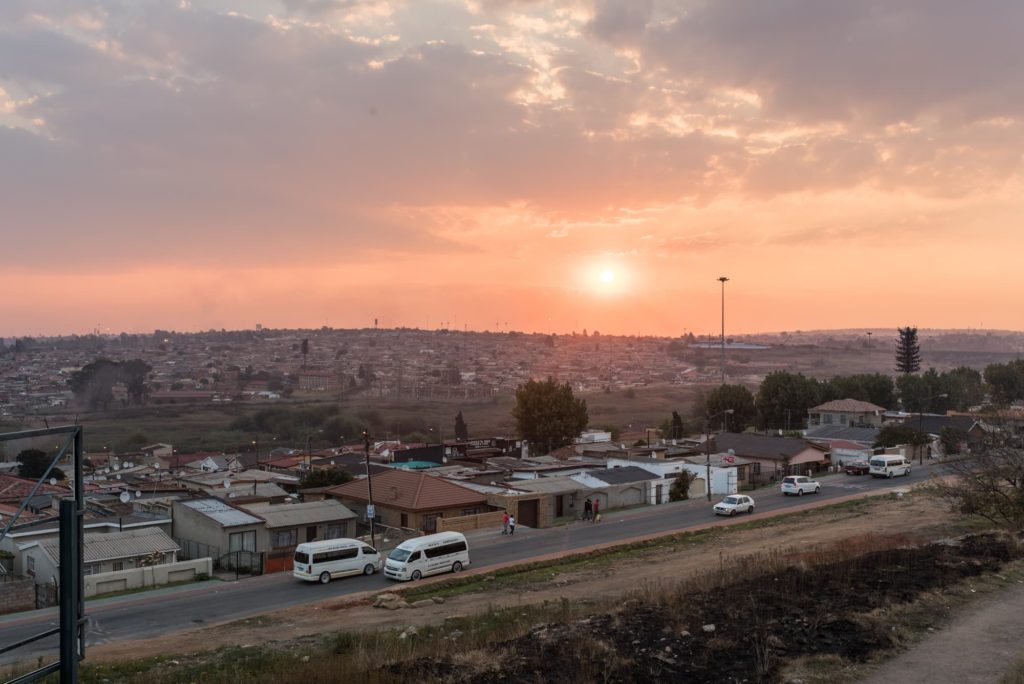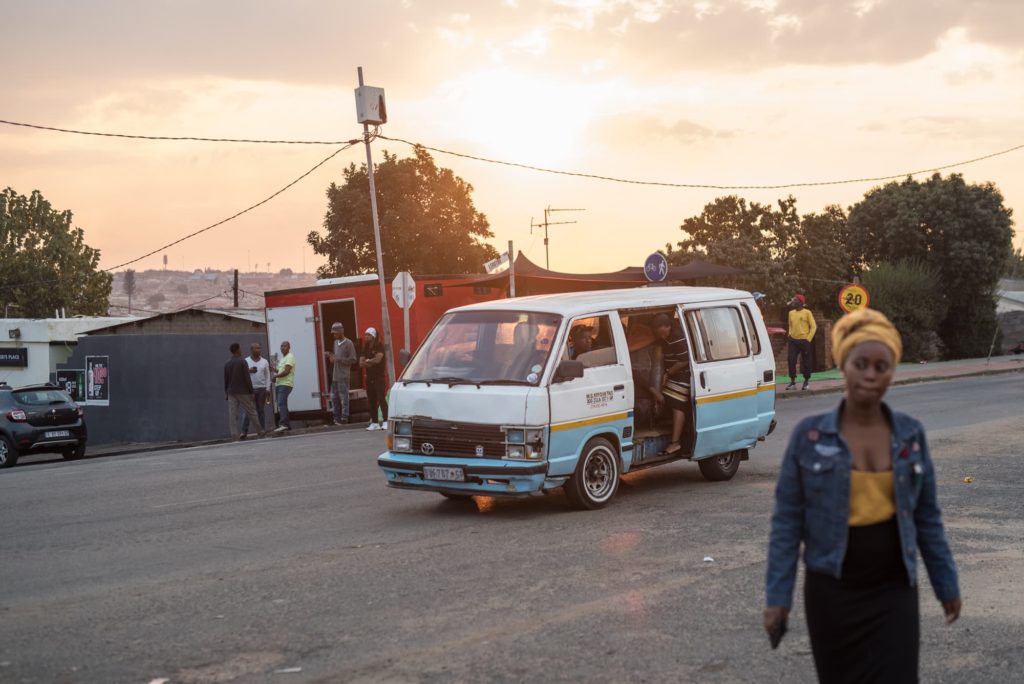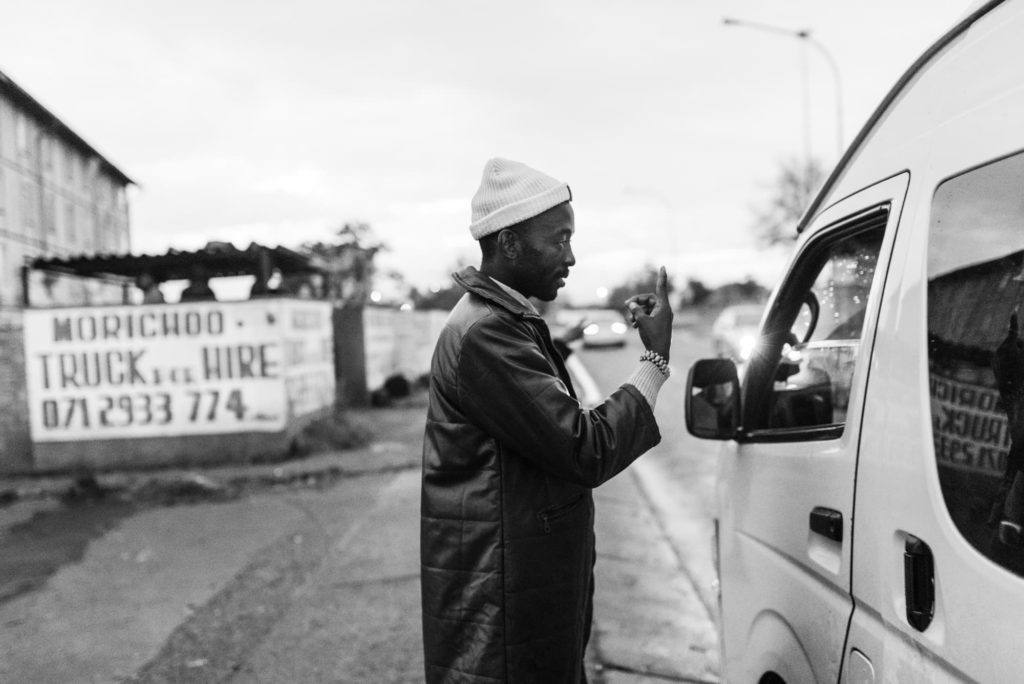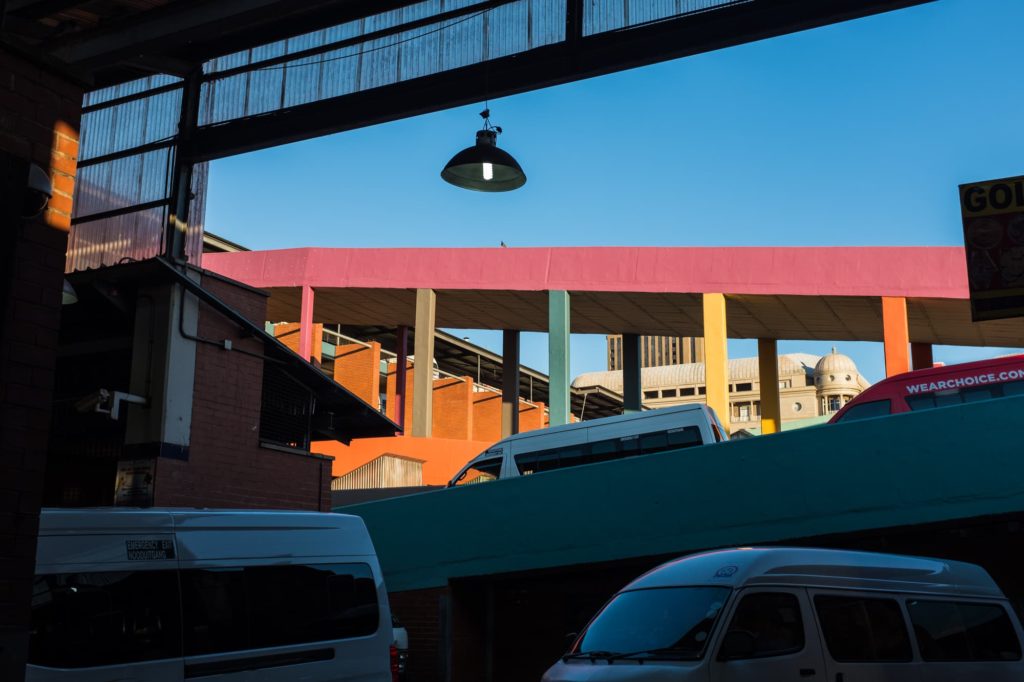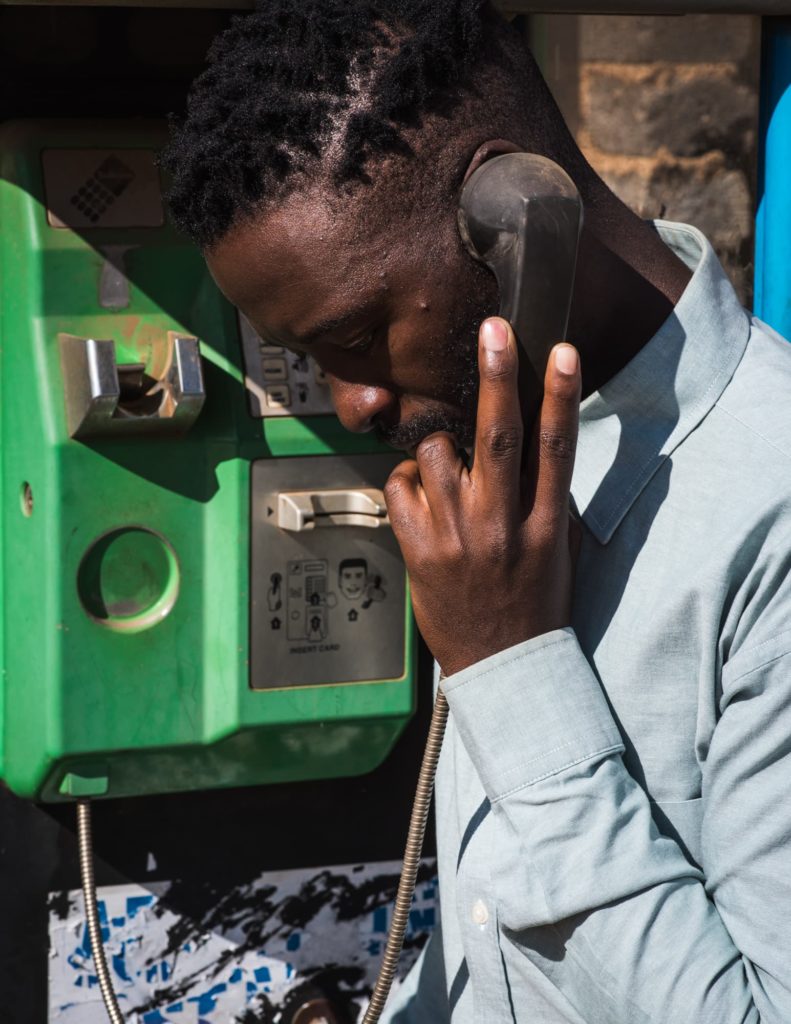How to get home –
South Africa’s 12th language
A visual hide & seek with the hand sign language used in Johannesburg, South Africa, to catch a mini-taxi in the right direction.
Created in collaboration with Siya Fonds.
@mrfonds @block88conceptstore
Soweto, South Africa, 2017.

The picture of Alan Kurdi, washed up at the shores of Turkey, became the photographic icon of the refugee crisis. How are his father and his aunt coping with the death of their family, four years later? A visit.
In November 2019, “How to get home” returned to the streets of Johannesburg, where the handsigns are used every day.
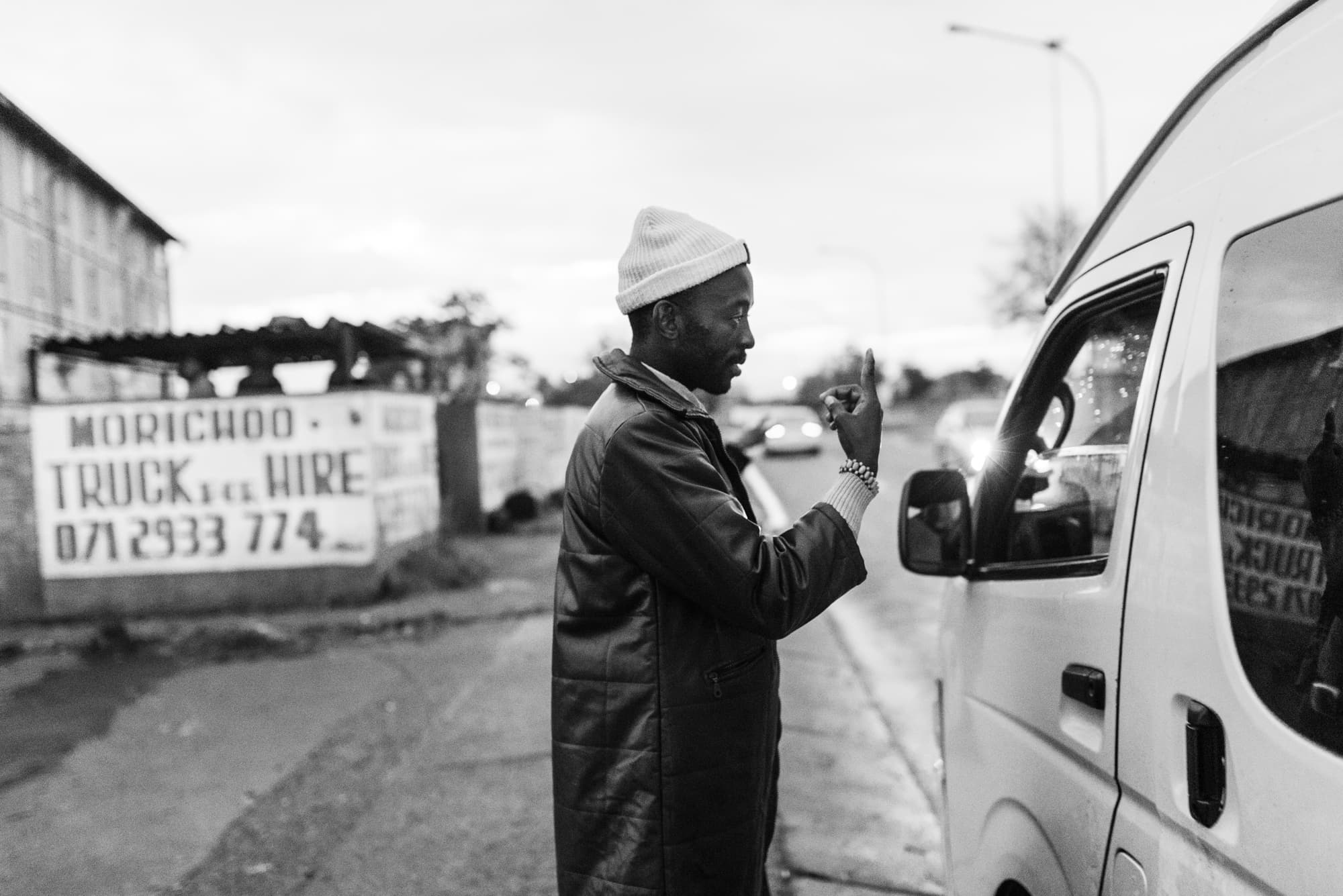
Hier steht eine Bildunterschrift




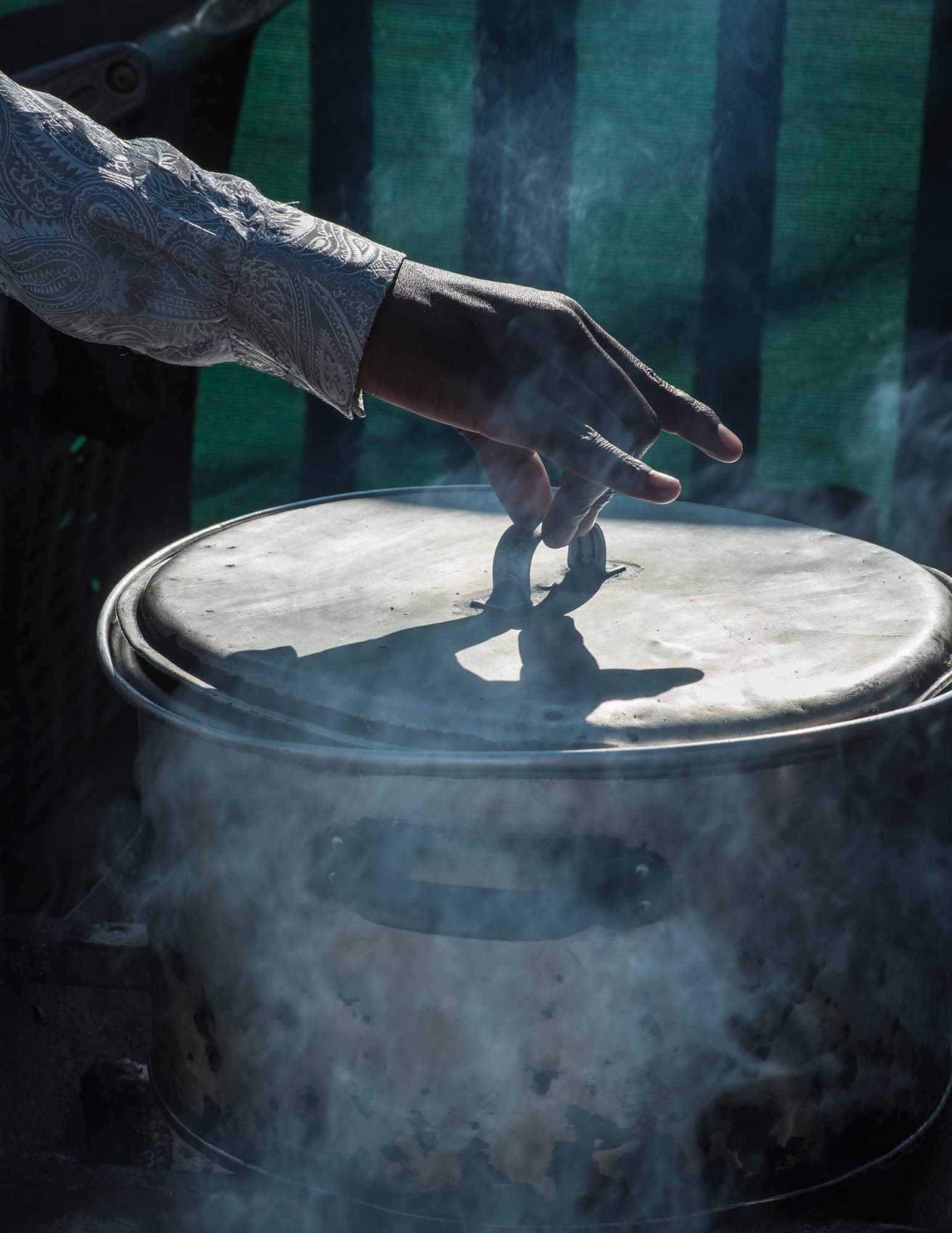
The picture of Alan Kurdi, washed up at the shores of Turkey, became the photographic icon of the refugee crisis. How are his father and his aunt coping with the death of their family, four years later? A visit.
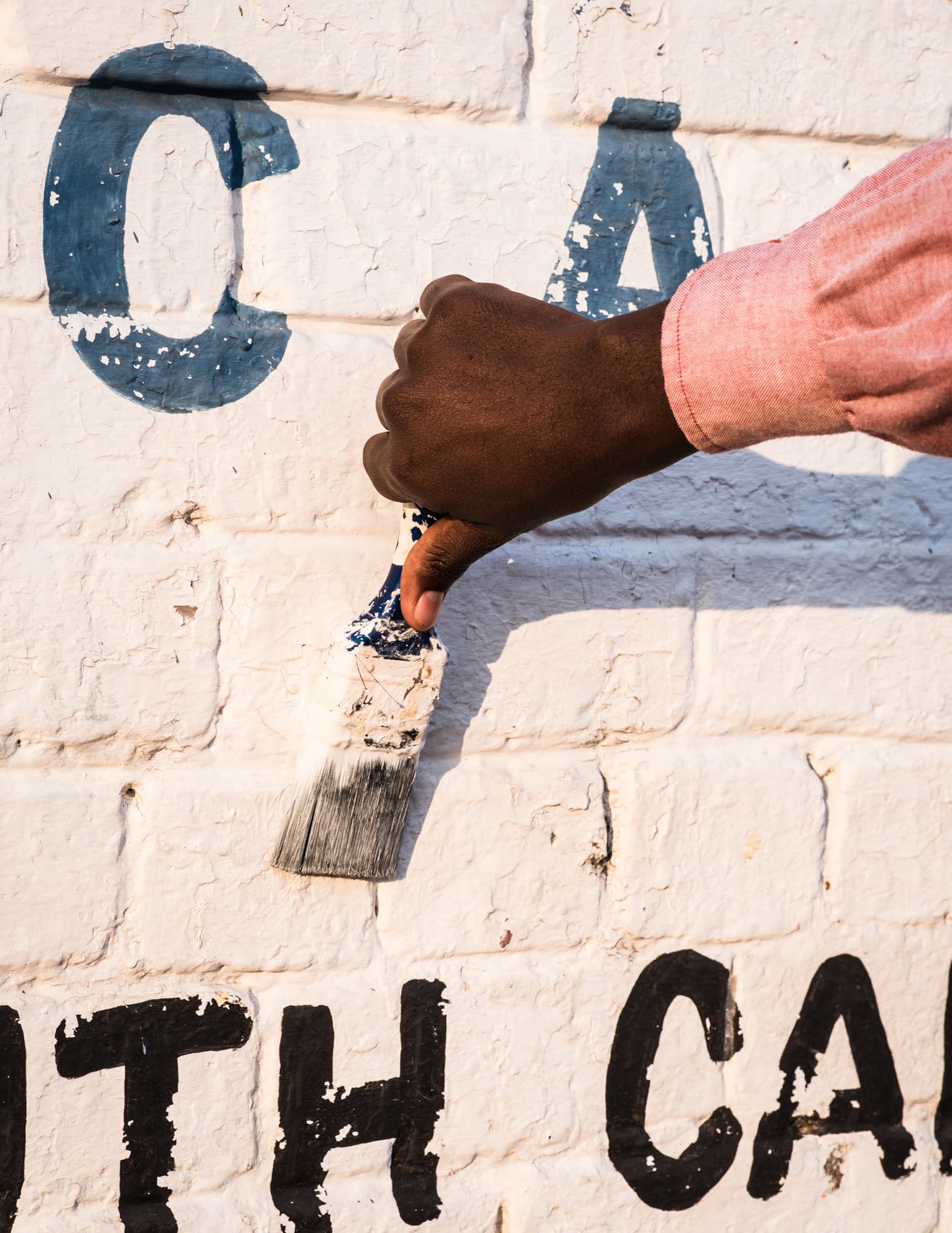
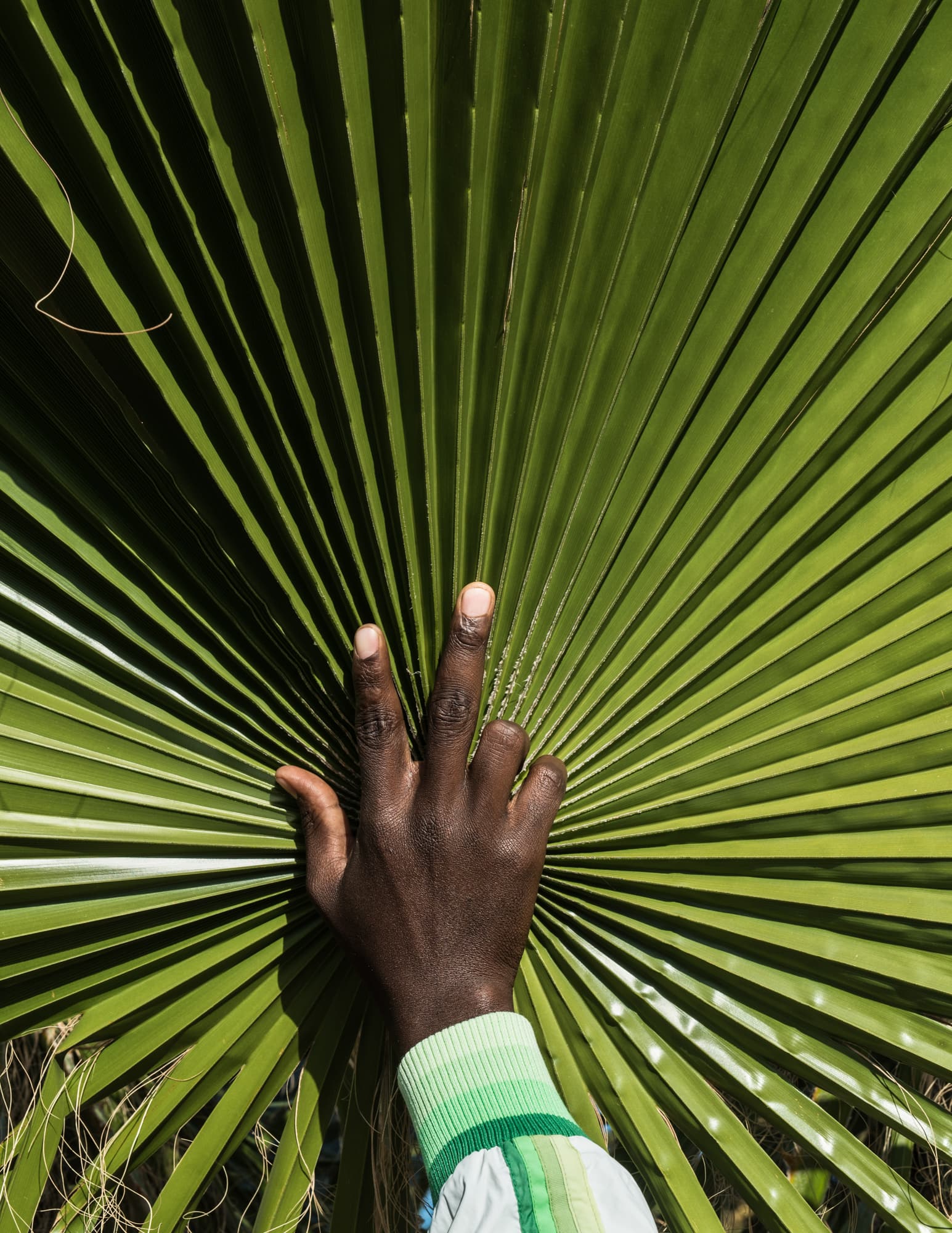



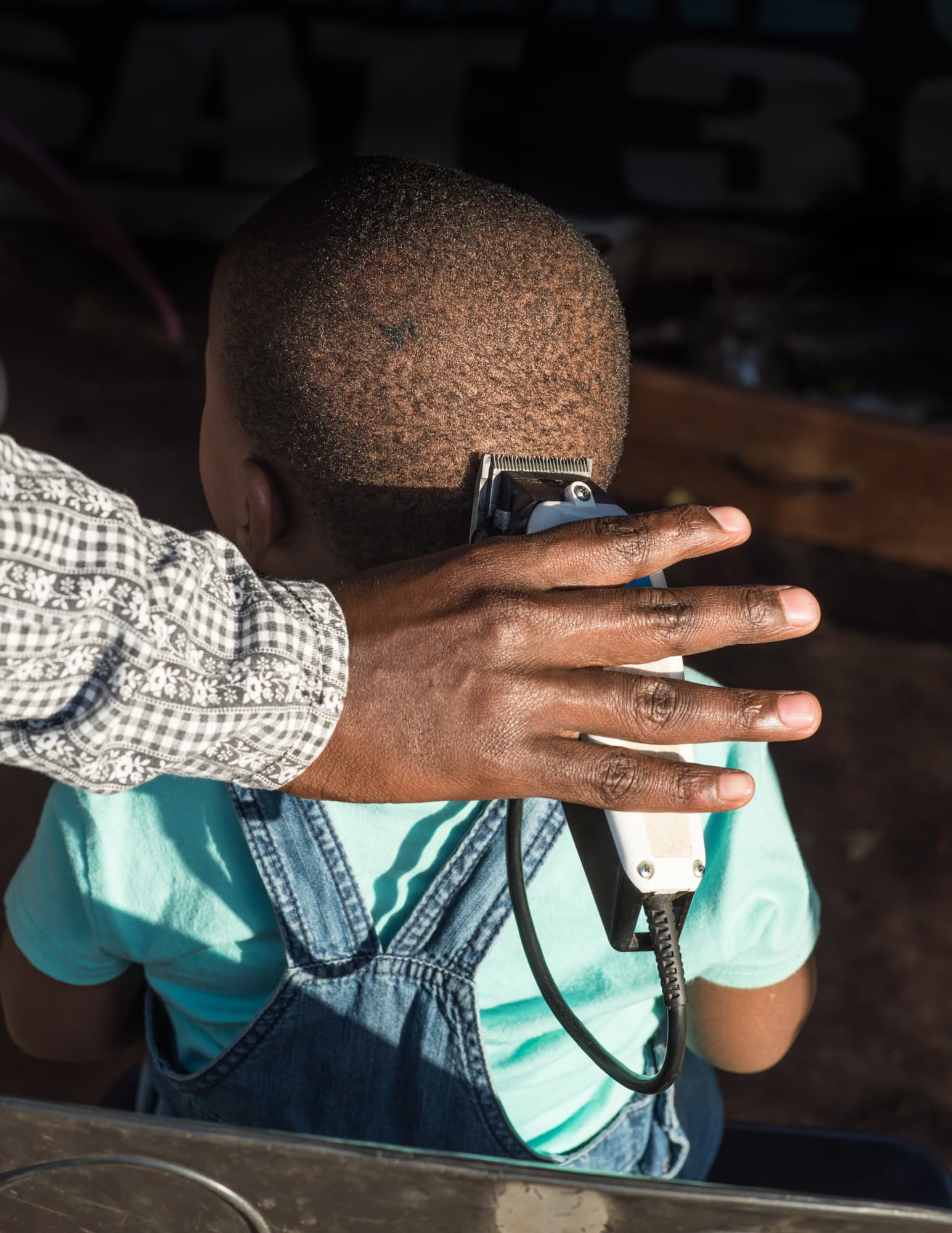
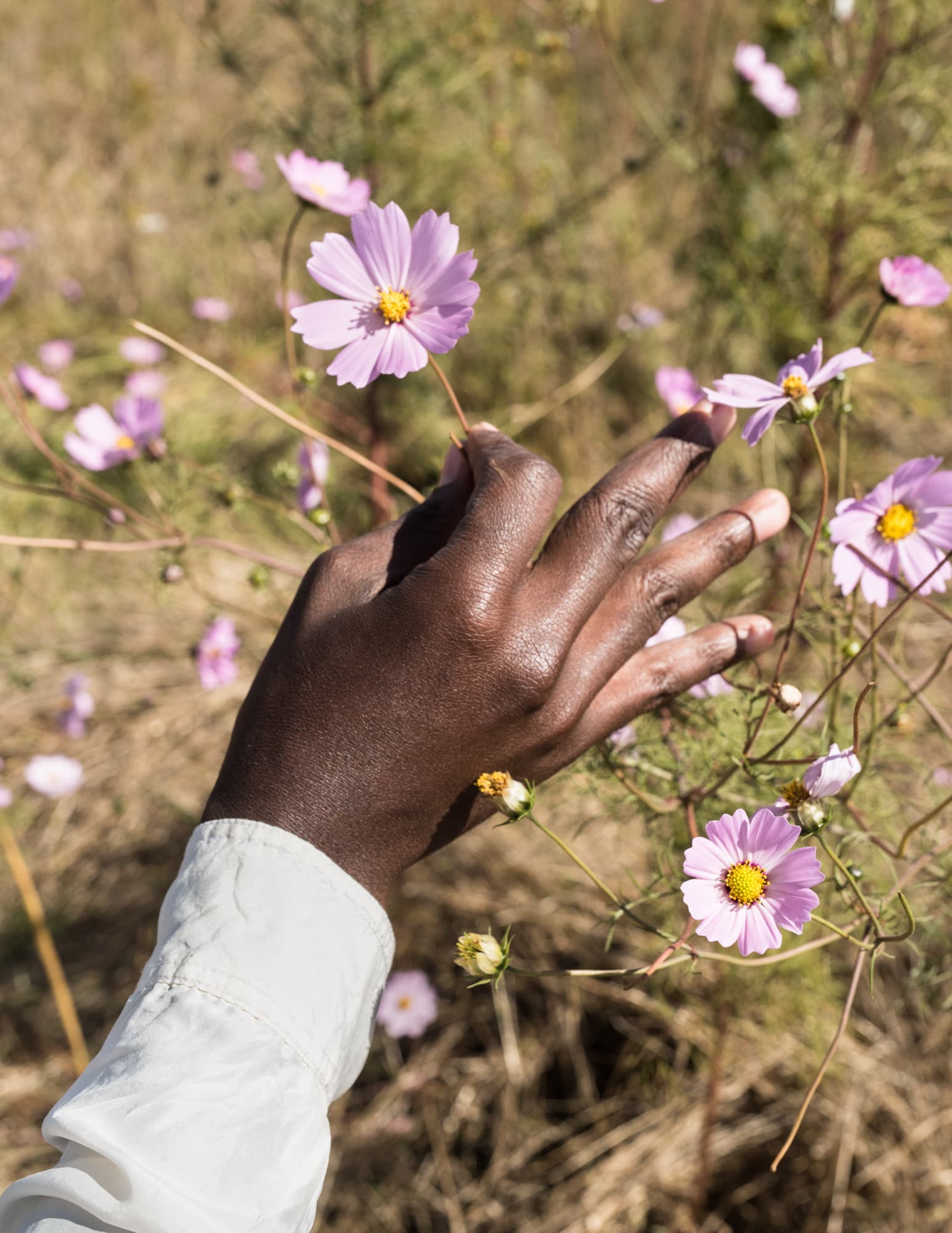
The picture of Alan Kurdi, washed up at the shores of Turkey, became the photographic icon of the refugee crisis. How are his father and his aunt coping with the death of their family, four years later? A visit.


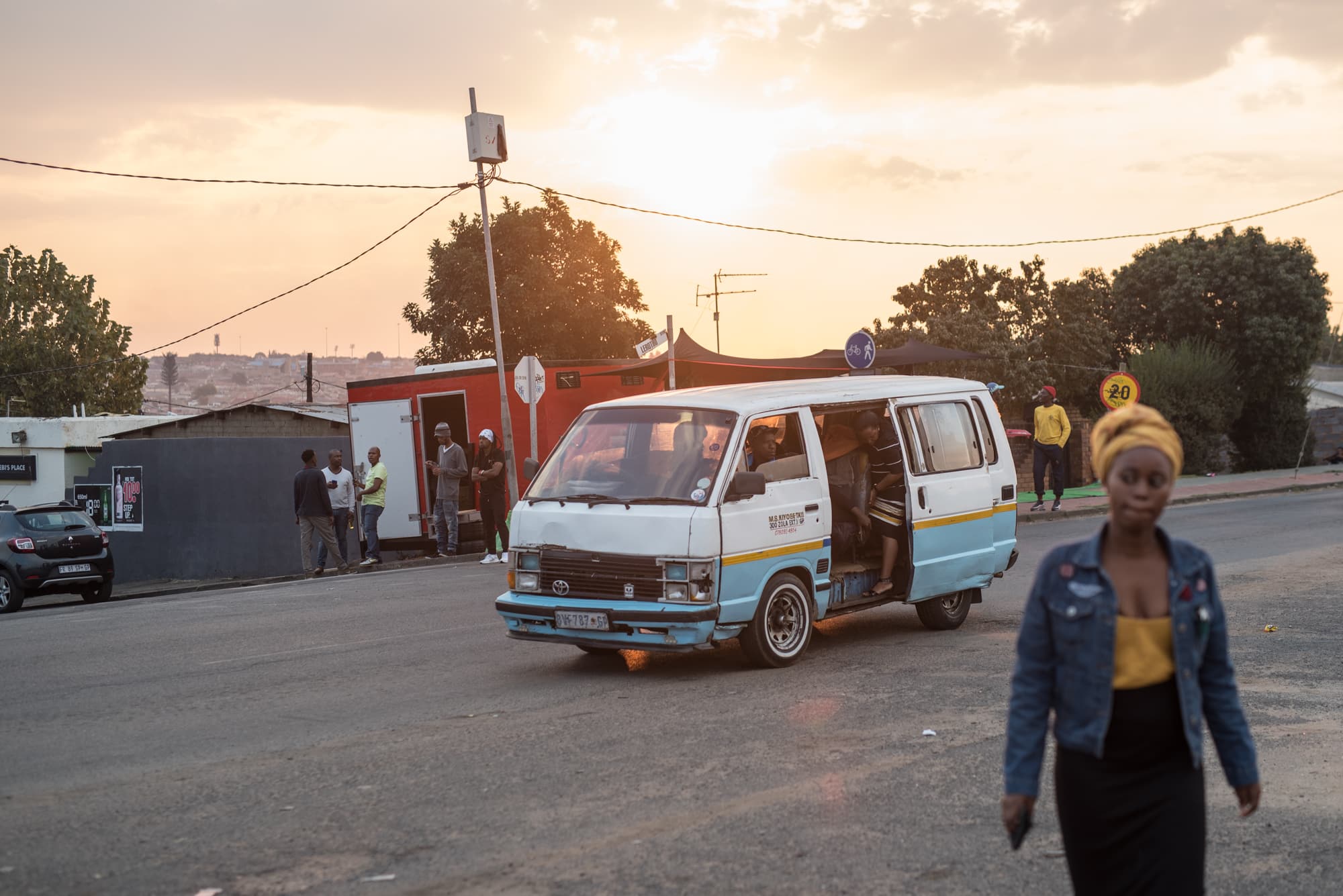
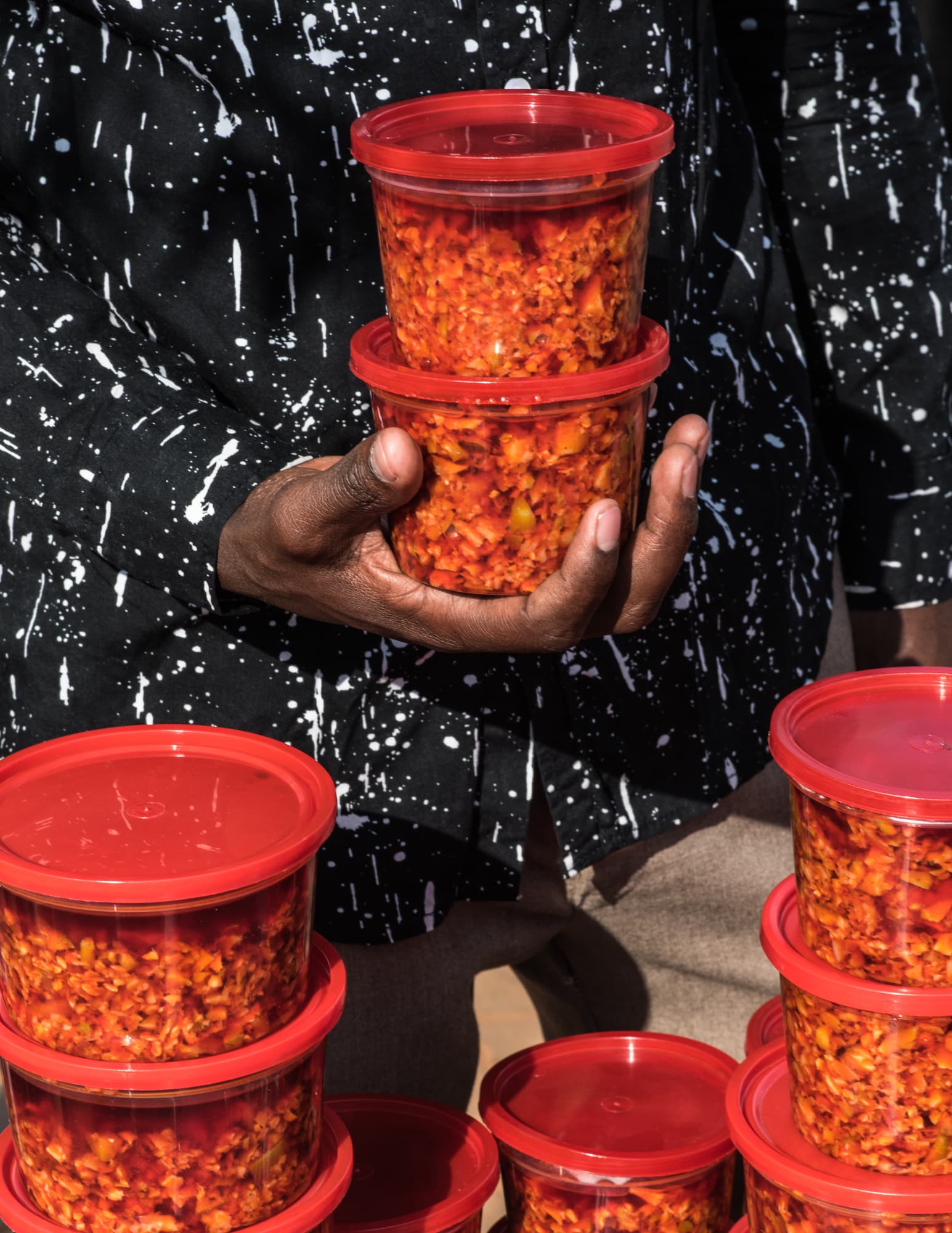
This series of set up photographs explores the unique hand signs used in Johannesburg to stop a taxi going in the right direction – ”South Africa‘s 12th language“.




Over twenty years after Apartheid ended, history still echos through South Africa, and the results still filter down to everyday life of people living in the townships. Today many black people still have to move up to 40 km every day into town to get to work, after their grandparents have been moved out of Johannesburg to the townships of Soweto to make the city a white area. While the state’s infrastructure like the metrorail break under the amount of people and crime, private minibus taxis have become one of the booming economy branches in the country.
This series of set up photographs explores the unique hand signs used in Johannesburg to stop a taxi going in the right direction, which are also know as „South Africa‘s 12th language“ (Woolf, 2017, xxii), referring to the fact that South Africa boasts 11 official languages. It is a language mainly understood by the black community, showing that the worlds of white and black people still face a different reality.
Over twenty years after Apartheid ended, history still echos through South Africa, and the results still filter down to everyday life of people living in the townships. Today many black people still have to move up to 40 km every day into town to get to work, after their grandparents have been moved out of Johannesburg to the townships of Soweto to make the city a white area. While the state’s infrastructure like the metrorail break under the amount of people and crime, private minibus taxis have become one of the booming economy branches in the country.
This series of set up photographs explores the unique hand signs used in Johannesburg to stop a taxi going in the right direction, which are also know as „South Africa‘s 12th language“ (Woolf, 2017, xxii), referring to the fact that South Africa boasts 11 official languages. It is a language mainly understood by the black community, showing that the worlds of white and black people still face a different reality.
